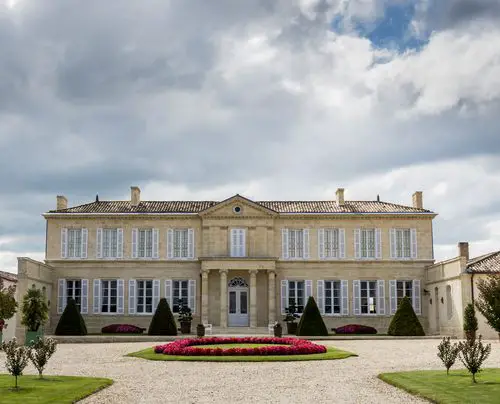The Fourth Growth Chateau Branaire  Ducru was once part of Château Beychevelle but became separate in the 1600s when the estate was partitioned. The other Château that was formed from this division was Château Ducru Beaucaillou.
Ducru was once part of Château Beychevelle but became separate in the 1600s when the estate was partitioned. The other Château that was formed from this division was Château Ducru Beaucaillou.
Branaire Ducru (sometimes known as Chateau Branaire Duluc Ducru) takes its name from Jean Baptiste Braneyre who purchased it in 1680 and from the Duluc family.
The crowns on Branaire Ducru’s label are in memory of the last of the Duluc family members to own it – a marquis, a viscount, a count and countess.
Today Branaire Ducru is owned by Patrick Maroteaux who purchased the chateau in 1988. Maroteaux has been described by Robert Parker as a man that “has been doing everything right” and brought in Philippe Dhalluin as wine maker to rachet up the quality of Branaire Ducru’s win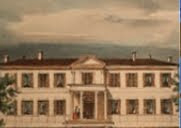 es.
es.
Dhalluin is now wine maker at Chateau Mouton Rothschild and Jacques Boissenot is the consulting oenologist at Branaire Ducru.
Maroteaux was also President of the Unions des Grands Crus Classés from 2000 to 2008. If you would like to read a profile of the chateau check out Jeff Leve’s article at the Wine Cellar Insider.
The wines of Châ teau Branaire Ducru are a splendid mix of power, elegance and subtlety. The proportion of Cabernet Sauvignon in the blend is one of the highest in the Médoc.
teau Branaire Ducru are a splendid mix of power, elegance and subtlety. The proportion of Cabernet Sauvignon in the blend is one of the highest in the Médoc.
The wines are well balanced and tend to be ‘fruit-forward’ in style but have the structure to require at least a decade of ageing before the wine really shows it’s true nature.
They have great aromatic power with notes of spice, cocoa and pepper and the wines are silken in the mouth. However these wines have a claim to fame that not many chateaux can bette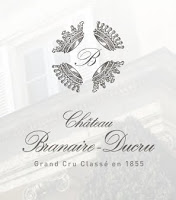 r. Branaire Ducru is featured in a short story by Roald Dahl.
r. Branaire Ducru is featured in a short story by Roald Dahl.
As well as being a celebrated author, Roald Dahl (1916-1990) was a connoisseur of fine wine. Dahl’s wine cellar contained over 1000 cases of 1982 Bordeaux and Bruno Prats, former owner of second growth Cos d’Estournel was a family friend.
Dahl’s cellar contained cases of Cos d’Estournel, Mouton Rothschild, Lafleur, Léoville Las Cases, Pichon Baron, Léoville Barton, Canon, Angélus and Beauregard. (Dahl named the character Violet Beauregard, of Charlie and the Chocolate Factory, in honour of the latter) – amongst others.
Dahl once wrote: “There is a mystique about good claret, a kind of magic aura that no other wine in the world possesses. Mysterious changes take 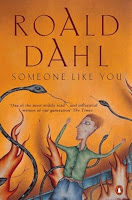 place in the fruit and tannins while the bottle is resting quietly in your cellar.
place in the fruit and tannins while the bottle is resting quietly in your cellar.
Often the wine will remain closed and aloof for a decade or more, and all the while some secret chemistry is slowly converting it into a glorious and complex nectar. It is matters such as these that fascinate the lover of claret.”
Branaire Ducru is the wine in the story “Taste” which was published in the UK in the 1953 collection Someone Like You (and in America as Taste and Other Tales).
It was also an episode (2.7) in the TV Series Tales of the Unexpected which highlighted Dahl’s dark humour in the late 70s to 80s.
Some of his better-known works include James and the Giant Peach, Fantastic Mr Fox, Matilda, The Witches, and The Big Friendly Giant.
The tale is about two connoisseurs of fine wine who have a bet at a din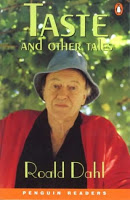 ner party over identifying a particularly superb wine. Dahl’s knowledge of wine seeps through the wine critic’s words:
ner party over identifying a particularly superb wine. Dahl’s knowledge of wine seeps through the wine critic’s words:
“Now – from which commune in Médoc does it come? That also, by elimination, should not be too difficult to decide. Margaux? No. It cannot be Margaux.
It has not the violent bouquet of a Margaux. Pauillac? It cannot be Pauillac, either. It is too tender, too gentle and wistful for Pauillac. The wine of Pauillac has a character that is almost imperious in its taste.
And also, to me, a Pauillac contains just a little pith, a curious dusty, pithy flavour that the grape acquires from the sod of the district. No, no.
This – this is a very gentle wine, demure and bashful in the first taste, emerging shyly but quite graciously in the second. A little arch, perhaps, in the second taste, and a little naughty also, teasing the tongue with a trace, just a trace of tannin.
Then, in the after-taste, delightful – consoling and feminine, with a certain blithely generous quality that one asso ciates only with the wines of the commune of St Julien. Unmistakably this is a St Julien.” . . .
ciates only with the wines of the commune of St Julien. Unmistakably this is a St Julien.” . . .
. . . Château Branaire-Ducru. Pretty little vineyard. Lovely old château. Know it quite well. Can’t think why I didn’t recognize it at once”.
There is a twist to tale and I won’t spoil it for you – you can read the story for yourself here.

